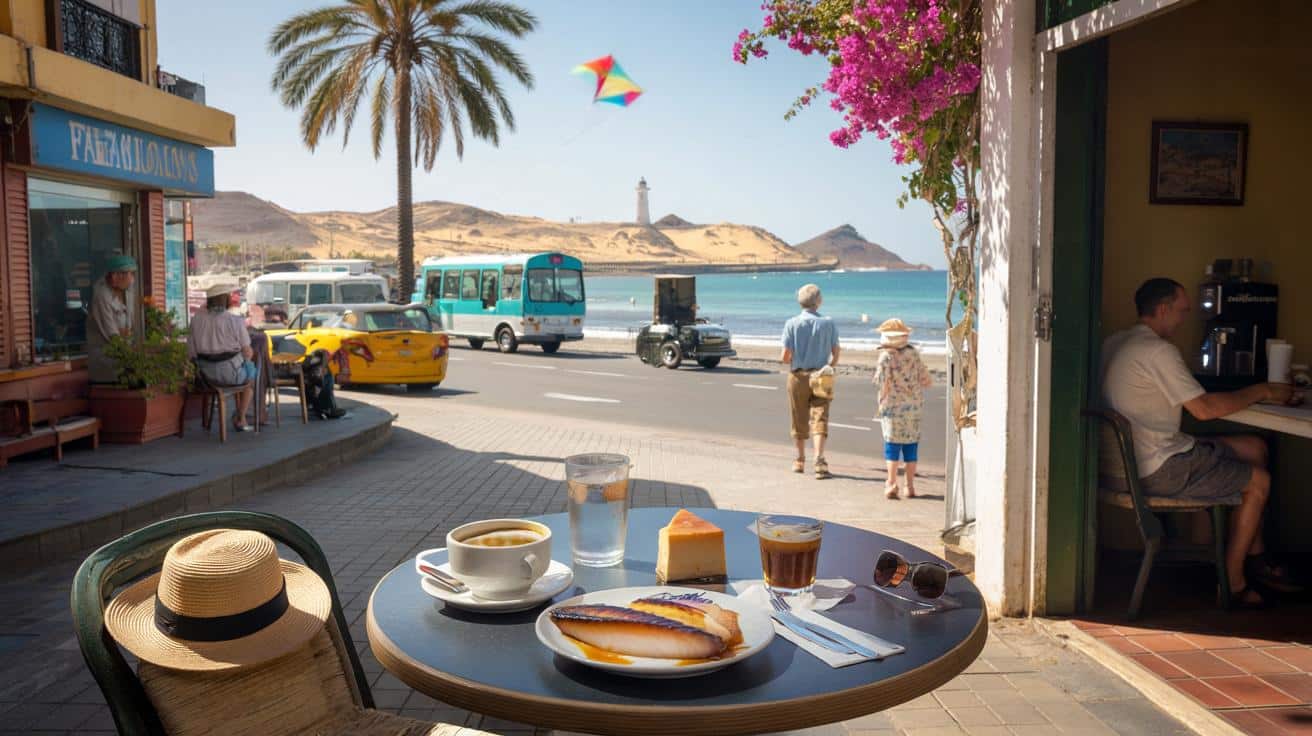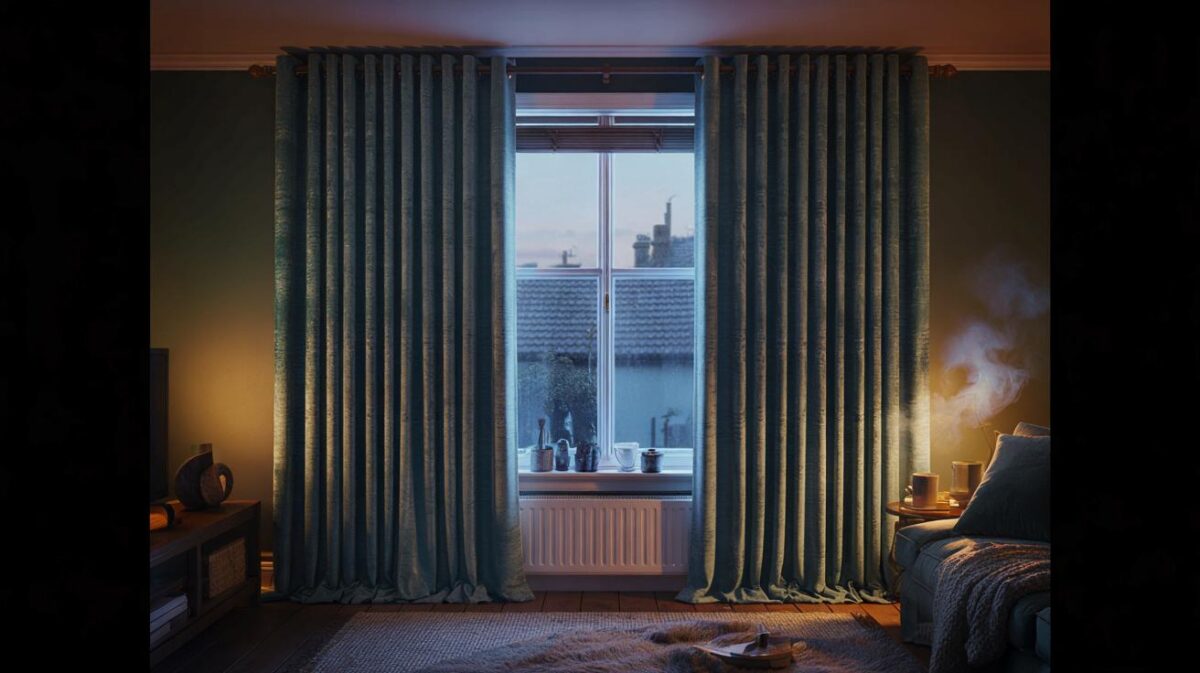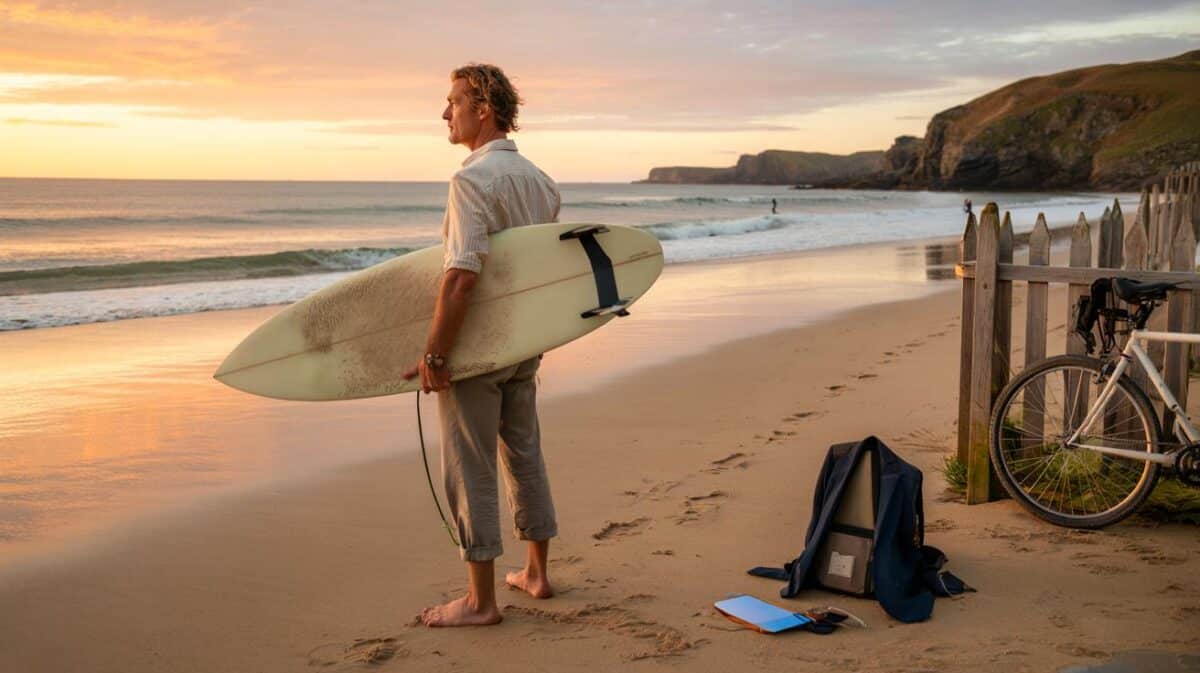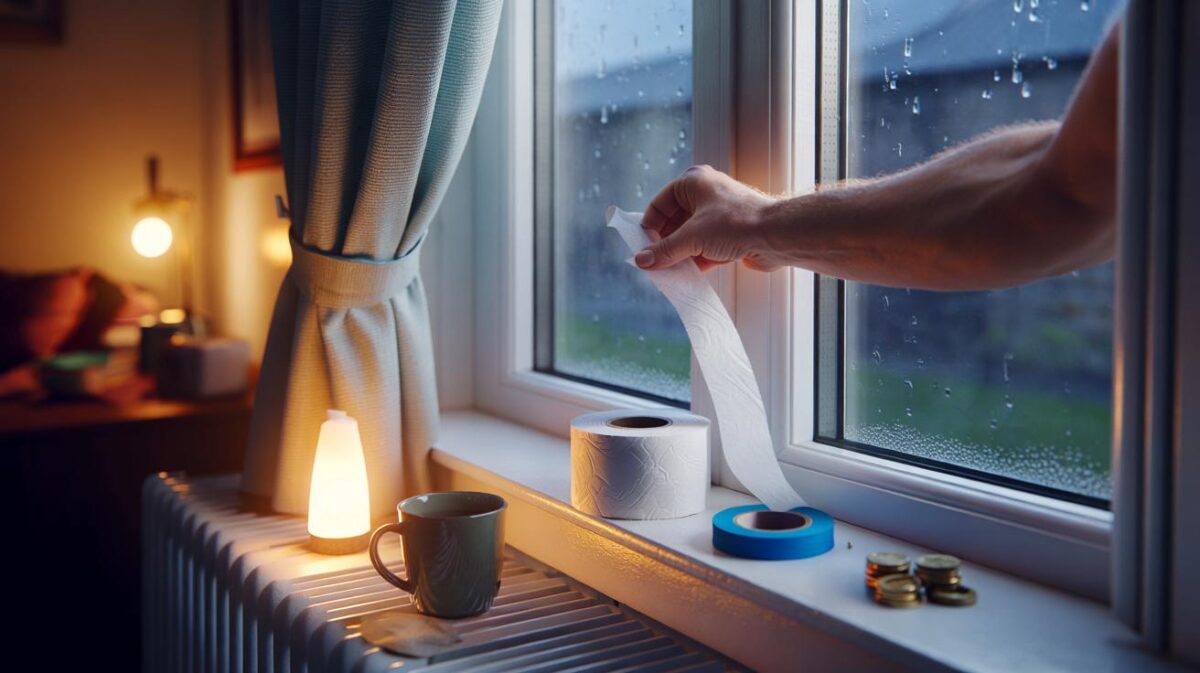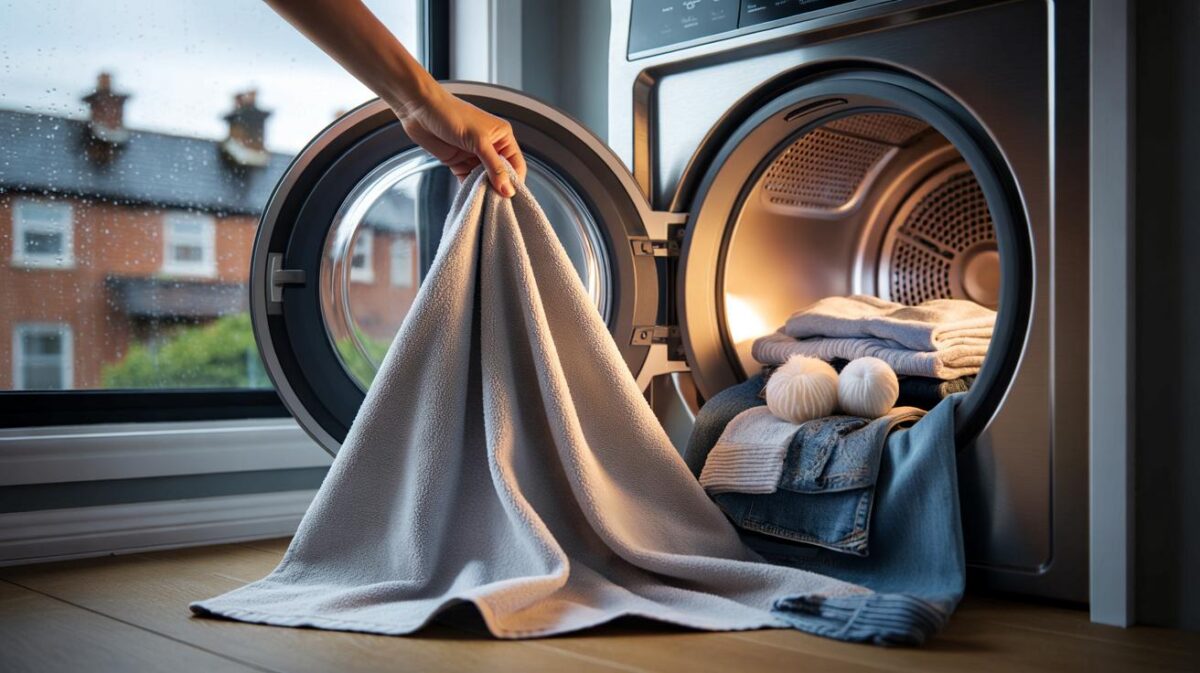A pocket of late-summer heat sits just four and a half hours from the UK, where afternoons slow to a soft hush and shop shutters tick down for a nap. The prices don’t bite. The sun still does. And yes — it’s still 27°C.
A baker clipped a handwritten sign to her door — “back at five” — and vanished with a smile, leaving the last of the empanadas warming the air. A taxi idled at the kerb, radio low, while the ocean threw glitter at the promenade.
Down in the south, the dunes of Maspalomas kept their quiet promise: warm, dry, no rush. A kite tugged at its string like a dog wanting a longer walk. Somewhere, a coffee machine hissed, and I realised how odd it felt to be hot in November without paying peak-season prices. The island seemed to know a secret.
And it’s happy to share it.
Where 27°C still means T-shirt weather
The south of Gran Canaria runs on its own thermostat. By midday, Maspalomas and Puerto Rico sit at 26–28°C, the breeze just enough to keep the sweat friendly. The Atlantic is a calm, blue shrug. You can walk the boardwalk in sandals and feel like summer never left. Nothing urgent. Nothing complicated. Just sun.
In the market at Arguineguín, a fishmonger filleted dorada with the speed of a drummer. He wrapped it in paper, added a wink, and told me to eat it after my siesta. Lunch was a three-course menú del día for around €12 — soup, fresh fish, and a flan that tasted like someone’s grandmother had stirred it. The bus back to Las Palmas cost a few coins and a view of mountains rippling like folded linen.
Gran Canaria stays affordable because the basics stay simple. A low local tax (IGIC), year-round flights, and thousands of hotel beds keep prices sensible. It’s an island built for everyday life as much as holidays. That means corner cafés doing cortados for €1.50, clean buses that actually show up, and beach towns where a cold beer is the price of a sandwich back home. **This isn’t just a beach; it’s a pace of life.**
How to stretch your euros without feeling stingy
Stay where locals stay. Las Palmas gives you city beaches, proper food, and room rates that don’t jump at the weekend. San Fernando, just inland from Playa del Inglés, is another good bet for wallet-friendly apartments. Move around by bus — the turquoise island coaches are cheap, clean, and air-conditioned. Tap your contactless card, sit by the window, and let the island roll past in slow cinema.
Eat with the clock. Have your main meal at lunch when menus are better value, then drift with the local rhythm. Many smaller-town shops break from around two to five, so plan swims, naps, or a wander through shady streets. Wear light layers for the microclimates: the coast is warm, the mountains can nip. Let’s be honest: nobody actually tracks UV or hydration every hour. Drink water, wear sunscreen, and you’re already winning.
We’ve all had that moment when a place clicks — when your shoulders drop and the day stops arguing. Gran Canaria does that without trying. **Yes, locals really do nap after lunch.**
“Here, time moves sideways,” a bar owner in Agaete told me, drying a glass. “We eat well, we work, we sleep a little. The sun does the rest.”
- Typical lunch deal: €10–€14 for starter, main, dessert, bread, and water.
- Coffee: €1.20–€2 in local cafés; ice cream €2–€3 a scoop.
- Bus fares: roughly €1.40 in the city; €3–€7 across the island.
- Car hire in shoulder season: often €20–€35 a day, basic cover.
- Flights from the UK: watch midweek drops — **cheaper than a Friday takeaway** at times.
The slow rhythm that hooks you
You wake to the soft percussion of waves and scooters. Breakfast is a tostada, olive oil glistening like a postcard trick. By noon the light is strong but forgiving, the sea warm enough to slip into without theatrics. After lunch the island exhales. Shutters come down, sparrows fuss in the bougainvillaea, and the heat leans on you until a nap isn’t lazy but logical. Later, everything revives: families on the paseo, surfers chasing one last glassy line, old men arguing gently over cards. You catch yourself thinking, I could do this. You look at your bank app and don’t flinch. Gran Canaria keeps its bargains in everyday moments — a bus that takes you to a sunset you didn’t plan, a bakery that remembers your order, a sky that never rushes the light. Maybe it’s not just weather. Maybe it’s permission.
| Point clé | Détail | Intérêt pour le lecteur |
|---|---|---|
| Warmth without the sting | South coast often sits at 26–28°C in late autumn and winter | T-shirt weather while the UK shivers, no long-haul needed |
| Everyday affordability | Coffee ~€1.50, lunch deals €10–€14, buses €1.40–€7 | Holiday that feels generous, not guilty |
| Siesta rhythm | Many shops pause 14:00–17:00 outside resort strips | Plan swims and naps, avoid wasted walks and closed doors |
FAQ :
- Where exactly is this affordable, 27°C island?Gran Canaria, part of Spain’s Canary Islands, off the northwest coast of Africa. It’s Spanish in spirit, Atlantic in climate, and reliably warm when Britain isn’t.
- Is it really that warm outside summer?The south routinely hits mid-20s to high-20s much of autumn and winter, with plenty of days around 27°C. The north is cooler and breezier, which can be bliss after lunch.
- How much should I budget per day?For a comfortable, not-counting-every-coin day: €40–€60 for food, transport, and small treats. Self-cater a few meals and you’ll spend less without feeling it.
- Will the siesta close everything?In resort areas, most places stay open. In smaller towns, anticipate a pause roughly 14:00–17:00. Use that window for the beach, a nap, or a slow coffee in the shade.
- Do I need a car?Not in the south-coast strip or Las Palmas. Buses cover most routes and taxis are fair. Hire a car for a day if you want Roque Nublo, Tejeda, or the GC-200’s drama.

